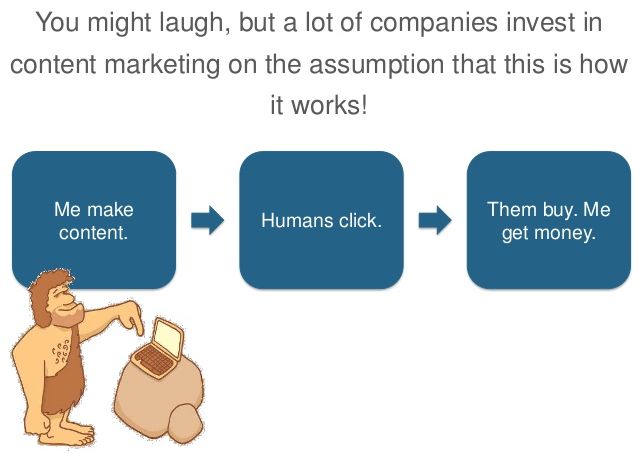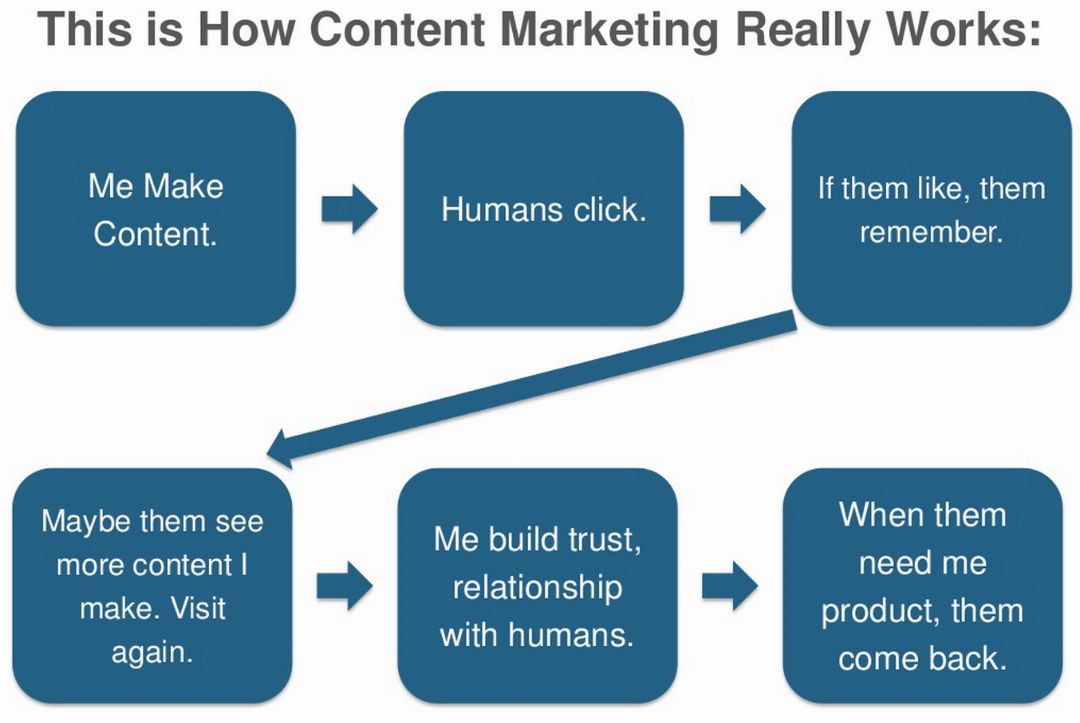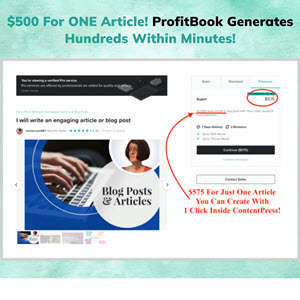How Content Marketing has changed the game
The explosive rise of content in recent years has been one of the most dramatic changes to the marketing landscape we’ve ever seen — and it has fundamentally shifted the way many marketers promote their brand.
Whereas 10 years ago you might be more likely to spend your time and resources cold-calling or sending mass emails, branded content has totally changed consumer expectations and buy cycles – to the point where it has become a necessity rather than an optional extra.
To better understand content’s phenomenal impact on the marketing world, you only need to look at the numbers. 93% of B2B marketers now use content as a tool in their business, and 78% of marketers plan to grow their content marketing teams by 1-3 people in the next year. On average, marketers spend over a quarter of their budget on content, while 78% of CMOs think custom content is the future of marketing.
In this article, we’ll take a look at some of the various ways in which content marketing has changed the game…
Longer-burn strategy
Back in the day when you were cold-calling potential leads, you’d be able to gauge pretty quickly whether there was a realistic chance of a sale. And, if they decided to buy, it would happen quickly. Content, on the other hand, is a longer-burn strategy.
Rand Fishkin of Moz put together a great Slideshare around content’s relationship with the buyer journey. While some businesses hope that prospects will view content and buy right away, the reality is much more complex…


Luckily, the extra time it takes to generate sales using content is offset by the fact that content – once you’ve invested in its creation – often has a very long shelf-life. This means, without further expense, it can continue to drive great results for your business.
Buyers are doing more research
This is one of the most profound changes, particularly in B2B marketing. Buyers have never had such a high volume of information at their fingertips, and business decisions are often researched exhaustively in advance. This means that, by the time you actually speak to a lead, their buying decision will be all-but-made. Forrester Research suggested that buyers could be as much as 90% of the way through their buyer journey before they reach out to a vendor.
Online research is a critical part of the buying journey
It’s been reported that 54% of B2B buyers begin the buying process with informal research around business challenges, and 78% of the time they use the internet to initiate that research. (source: B2B Buyer Landscape, Demand Gen Research, 2012.)
Traditional ads are increasingly ineffective
Most online users are consuming more content than ever before, and that’s really hurt the effectiveness of traditional ads. What we’ve seen is that customers develop ‘blind spots’ that mean, even at a subconscious level, they often overlook traditional product ads.
It’s a similar story for B2B decision makers, with 80% reporting that they prefer to get information from a series of articles as opposed to an advertisement.
By adding value to your target audience, you can build a positive brand perception and give yourself a great head start in winning a sale.
Inbound > Outbound
How many people really liked the old, outbound tactics like cold-calling? In addition to being inherently intrusive and impersonal, they directly disrupted your prospect’s work day, and your own time was often misspent chasing lukewarm leads. Of course, many people tolerated cold-calls and, occasionally, they were successful. But really, there wasn’t much of an alternative back then.
As businesses have ramped up their content efforts, and buying decision processes have changed, the negative points of cold-calling have only been amplified. The brands who focus on disruptive outbound strategies look terrible as opposed to the valuable, insightful, informative and entertaining content pumped out by competitors.
A study by TeleNet and Ovation Sales Group found that, whereas in 2007, it took an average of 3.68 cold call attempts to reach a prospect, today it takes 8. It’s also been reported that only 2% of cold calls result in an appointment, which reinforces the importance of finding other ways to reach decision-makers.
Brands must add value
Branded content can(and should) be conceived with calculated business goals in mind…but its overall purpose has to be to add value to your target audience, or it simply won’t work. Many businesses still fall short with content because they pump out pieces of content which are thinly veiled advertisements.
The pieces of content that really stand out and gain traction in the market are targeted, actionable and relevant pieces. They should be designed to help, educate or inform your target buyer in a way that helps them do their job better, giving them tips and insights they might not be able to get elsewhere.
Smaller brands can quickly emerge as industry thought leaders
In the years before branded content took off, startups and SMB’s were often facing an uphill battle to convince pros that they were worthier of that particular sale than bigger, more established companies.
Embrace the power of content
So, as you can see, content marketing has changed the game in a number of different ways — and we’re firmly of the opinion that content is now a ‘need’ rather than a ‘nice to have’. It doesn’t come easily — studies suggest that over half of B2B Marketers struggle with creating relevant content. If you want to embrace the huge power of content for your own business, but you don’t know where to start, then why not reach out and send us an e-mail to discuss how we can help!
Continue reading here: What does your Website Design say about your Brand?
Was this article helpful?
